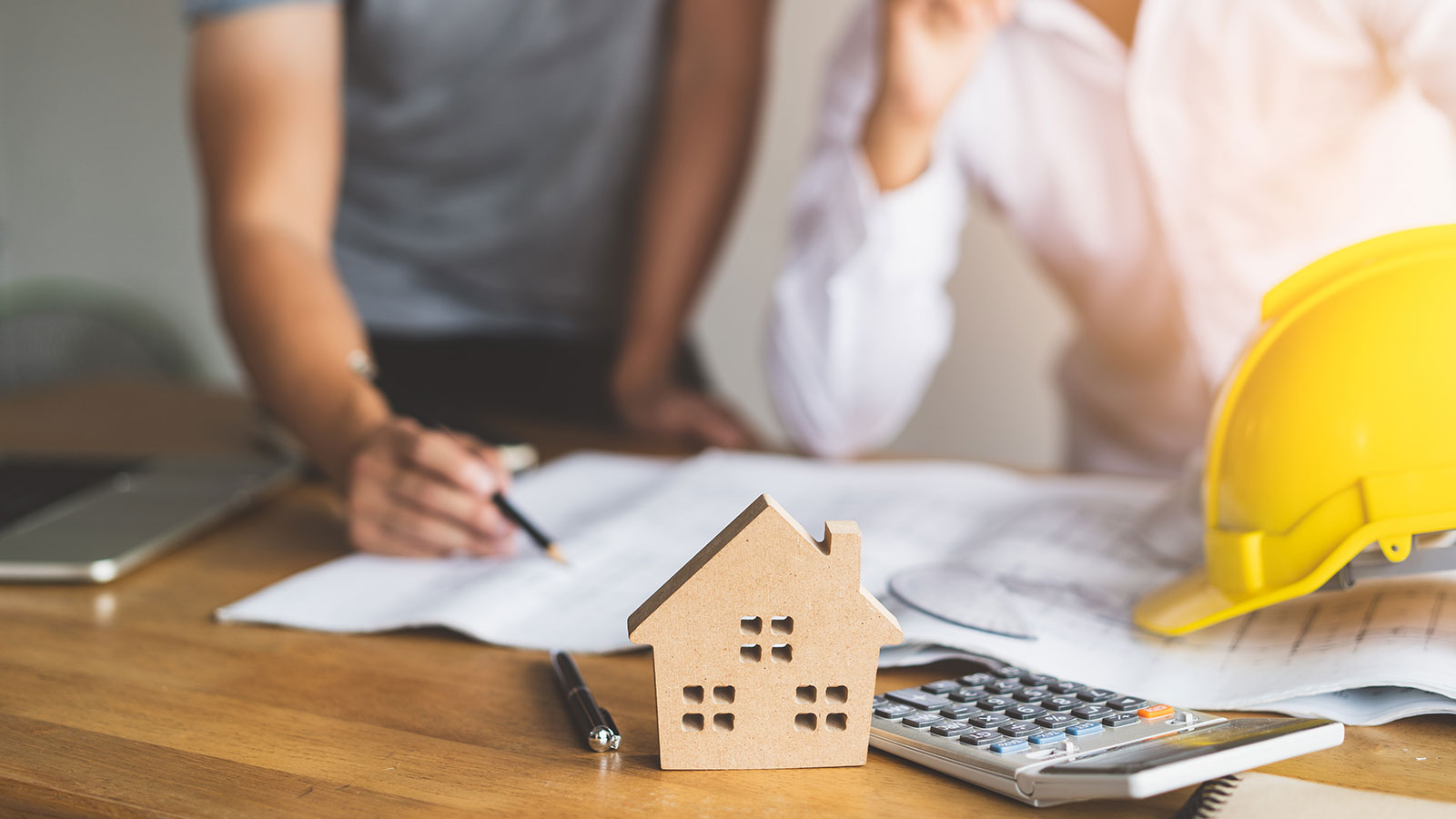Navigating Tangible Property Regulations and Capital Expenditures
Never miss a thing.
Sign up to receive our Tax News Brief newsletter.

When investing in real estate, it is important to be aware of the tax benefits available to partners and investors. A commonly used deduction in the real estate industry is depreciation from purchased assets and expenditures from capital improvements. Whether you’re acquiring a property or renovating an existing one, understanding the different options regarding your purchased assets and capital improvements can lead to more strategic management of your real estate assets and substantial tax benefits.
Tangible Property Regulations aka Repair Regulations
The IRS’ tangible property regulations help determine what can be deducted as a repair expense versus what needs to be capitalized as an improvement expenditure. A repair expense results in an immediate deduction in the current year, whereas capitalized property is depreciated over its useful life. These regulations are intended for tangible property acquired or improved.
Unit of Property
Unit of property (UOP) is a concept that defines the major components of a building and breaks them into systems that can be analyzed separately from the building. One of the first steps in determining if an expenditure is a repair or a capital improvement is identifying the unit of property. The following building systems are considered units of property separate from the building structure:
- HVAC systems
- Plumbing systems
- Electrical systems
- Escalators
- Elevators
- Fire protection and alarm systems
- Security systems
- Gas distribution systems
- Other structural components identified in published guidance
Repair vs. Improvement
When determining if you have a repair or a capital improvement, one must consider the BAR test — betterment, adaptation or restoration. If any of these three scenarios occur within a unit of property, the expenditure(s) must be capitalized as an improvement of property. Repairs that fix or maintain an asset without adding significant value or extending its life can often be expensed.
- Betterment: Enhances the value of the UOP by improving or correcting a material condition or defect that existed prior to the acquisition, making a significant enhancement or material addition to the UOP or increasing the productivity, efficiency, strength, quality or output of the UOP
- Adaptation: Converts the UOP to a new or different use
- Restoration: Replaces or restores a damaged or poorly conditioned UOP to its original or “like new” condition
Safe Harbors
There are a few exceptions that allow the taxpayer to deduct an expenditure even if it falls into one of the BAR buckets. The most common exceptions include:
- De minimis safe harbor: This rule allows businesses to expense costs that are below a certain threshold. The threshold can vary depending on if the taxpayer has a capitalization policy as well as the maximum threshold allowed for tax purposes. The maximum threshold is $5,000 for taxpayers who have an applicable financial statement and $2,500 for those that do not.
- Routine maintenance: Costs that are considered routine upkeep and are expected to occur regularly can be expensed as repairs.
- Improvement materiality: If the capital improvement within a unit of property is not considered material, it can be expensed as a repair. Based on IRS guidelines and examples, it seems that more than 40% is considered material. Example: A taxpayer replaces five of 20 HVAC units. This would equate to 25% of the HVAC system unit of property, which would be considered an immaterial repair expense. However, if 10 of 20 HVAC units were replaced, the taxpayer would now be above the material threshold and have a capital improvement.
With the current phase out of bonus depreciation, it is important to have an understanding of these repair regulations, as it can potentially allow more direct deductions and lead to significant tax savings. Contact us to discuss your property and learn more. We are here to help.
Authored by Blayne Lowary and Lauren Wood
©2025
